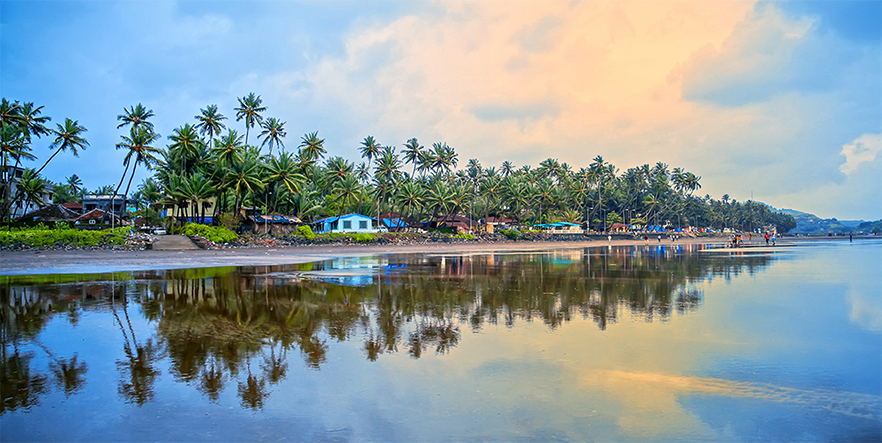Welcome to Mumbai
Mumbai, the financial capital of India, is also a nerve centre of academic activities with many prominent academic medical institutes and hospitals. We welcome you with folded hands to participate in an academic festival with your physical presence.
Some of the country's top 'rated' Medical Colleges and several elite Private and famous hospitals with many successful and eminent consultants that provide a lot of talent and faculty are located in Mumbai.

Climate
Coastal city Mumbai enjoys lower pollution levels due to the constant sea breeze.
November is a great time to visit Mumbai. The weather is usually very warm with a gentle breeze, with temperatures ranging from 72—87°F (22—31°C).

Connectivity
Mumbai is well connected by roadways, railways and airways to all major cities in India as well as the international airport which connects the city to all the major cities in the world. The two airports and the railway stations are on the suburban side of the city which nowadays is called the business and financial district. The city has highways that are well connected to the nearby cities such as Pune, Nashik, Lonavala, etc.
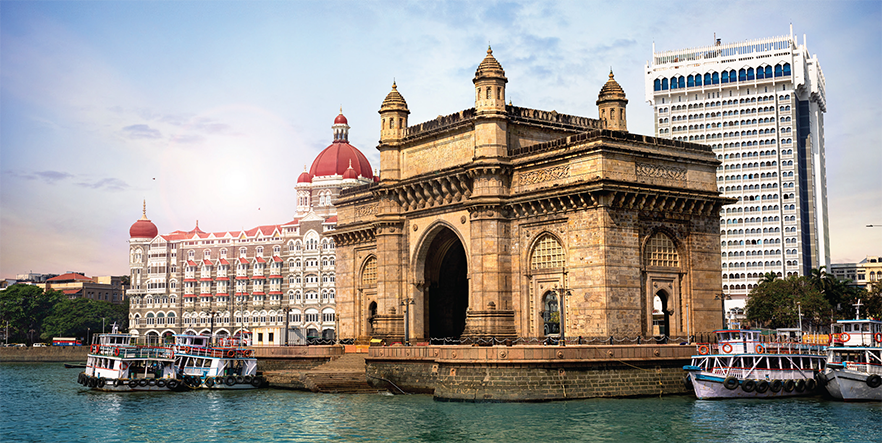
Nearby Tourist Places
Shree Siddhivinayak Ganapati Mandir
In India, Shree Ganesh is the first deity to be worshipped before starting on any new endeavor or commercial venture, owing to his divine name as the problem-solver (Vighnaharta). The Shree Siddhivinayak Ganapati Mandir, which is in Prabhadevi, is unquestionably one of the most famous and important sites of worship in Mumbai. Under official documents, the temple was dedicated for the first time on Thursday, November 19, 1801. A tiny building that housed the black stone idol of Shree Siddhivinayak, which was around two and a half feet broad, served as the temple's focal point at the time.

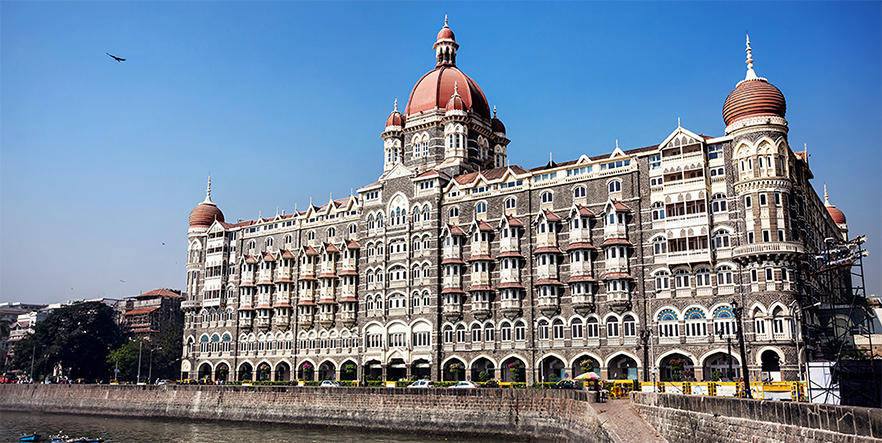
Taj Mahal Palace
Mumbai's most famous landmark, this stunning hotel is a fairy-tale blend of Islamic and Renaissance styles, and India's second-most-photographed monument. It was built in 1903 by the Parsi industrialist JN Tata, supposedly after he was refused entry to nearby European hotels on account of being 'a native'. Dozens were killed inside the hotel when it was targeted during the 2008 terrorist attacks, and images of its burning facade were beamed worldwide. The fully restored hotel reopened on Independence Day 2010.
Chhatrapati Shivaji Maharaj Terminus
Let's walk you through the history of this Historical Railway Station - As it is the most-oldest railway station.
Originally it was called Victoria Terminus or in short V.T., It took almost ten years to build this jaw-dropping Structure.
The imposing building contains domes, spires and stained glass with remarkable intricate designs.
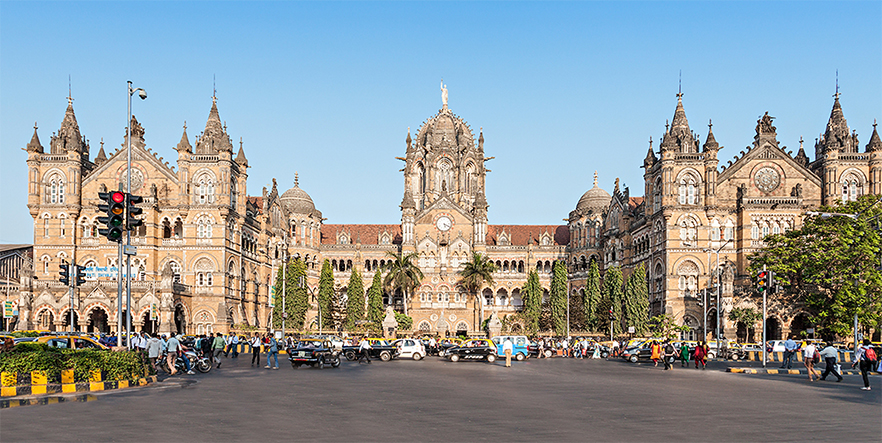
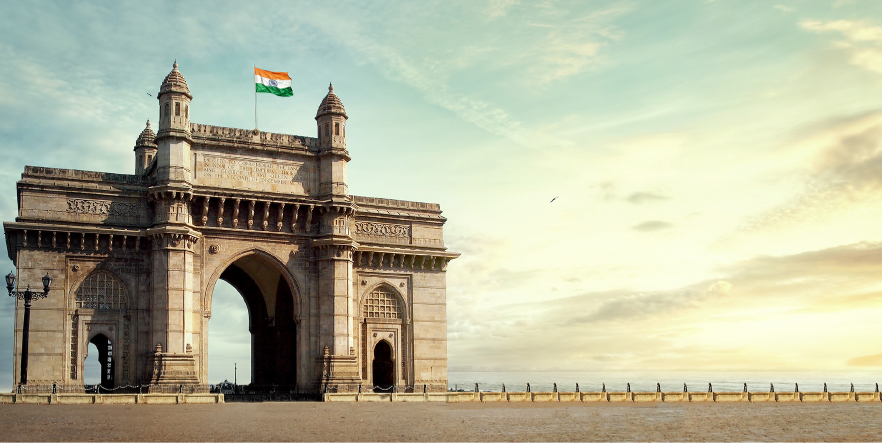
The Gateway of India
This bold basalt arch of colonial triumph faces out to Mumbai Harbour from the tip of Apollo Bunder. Incorporating Islamic styles of 16th-century Gujarat, it was built to commemorate the royal visit of King George V in 1911, but wasn't completed until 1924. Ironically, the British builders of the gateway used it just 24 years later to parade the last British regiment as India marched towards independence.
Currently, the gateway is a beloved gathering spot for locals. During February/March they are joined by classical dancers and musicians who perform during the Elephanta Festival. Boats depart from the gateway's wharves for Elephanta Island.
Elephanta Island
Northeast of the Gateway of India in Mumbai Harbour, the rock-cut temples on Gharapuri, better known as Elephanta Island, are a Unesco World Heritage Site. Created between AD 450 and 750, the labyrinth of cave temples represent some of India's most impressive temple carvings.
The main Shiva-dedicated temple is an intriguing latticework of courtyards, halls, pillars and shrines; its magnum opus is a 6m-tall statue of Sadhashiva, depicting a three-faced Shiva as the destroyer, creator and preserver of the universe, his eyes closed in eternal contemplation.
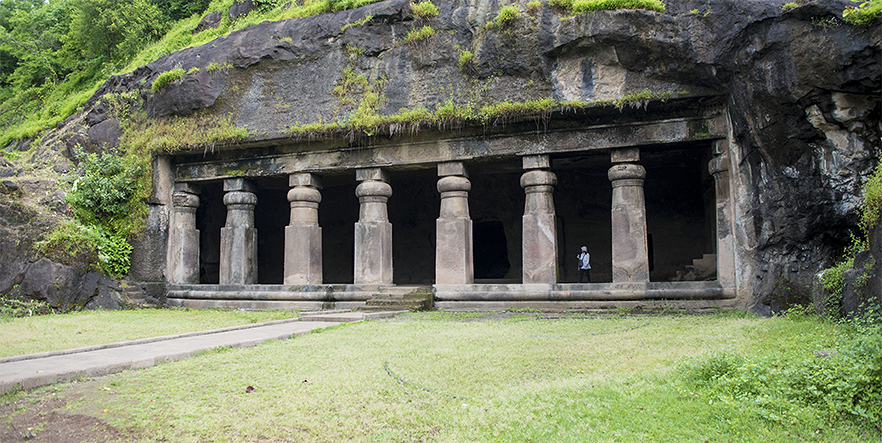
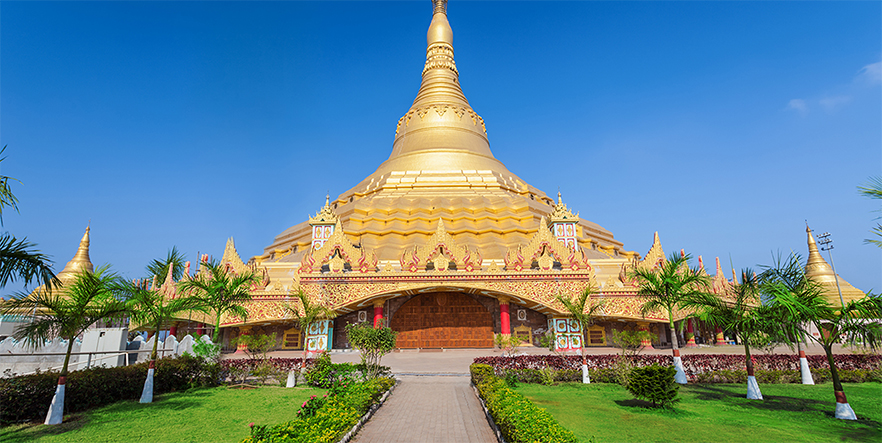
Global Vipassana Pagoda
Rising up like a mirage from polluted Gorai Creek is this breathtaking, golden 96m-high stupa modeled on Myanmar's Shwedagon Pagoda. Its dome, which houses relics of Buddha, was built entirely without support using an ancient technique of interlocking stones, and the meditation hall beneath it seats 8000.
There's an art gallery dedicated to the life of the Buddha and his teaching. Twenty-minute meditation classes are held daily; an on-site meditation center also offers 10-day courses.
Haji Ali Dargah
Floating like a sacred mirage off the coast, this Indo-Islamic shrine located on an offshore inlet is a striking sight. Built-in the 19th century, it contains the tomb of the Muslim Saint Pir Haji Ali Shah Bukhari. Legend has it that Haji Ali died while on a pilgrimage to Mecca and his casket miraculously floated back to this spot.
It's only possible to visit the shrine at low tide, via a long causeway. Thousands of pilgrims visit especially on Thursday and Friday. The best part is it's visited by people of all faiths.

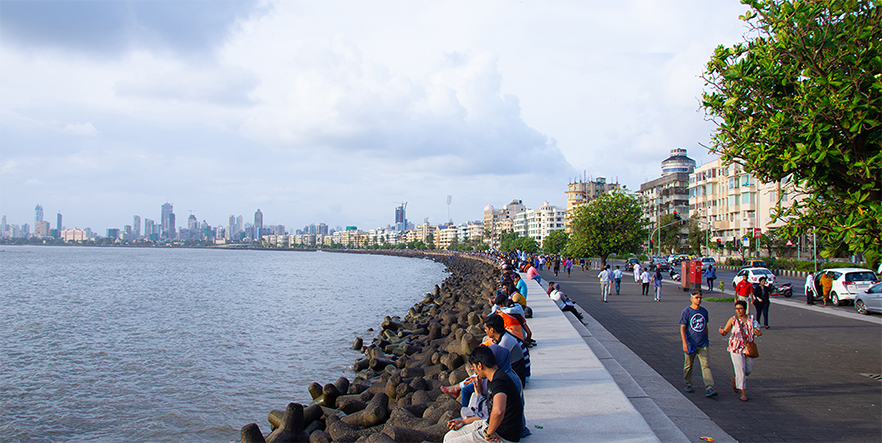
Marine Drive
Built on reclaimed land in 1920 and a part of Mumbai's recently crowned Victorian Gothic and Art Deco Ensembles UNESCO WORLD HERITAGE Site, Marine Drive arcs along the shore of the Arabian Sea from Nariman Point past Girgaum Chowpatty and continues to the foot of Malabar Hill. Lined with flaking art deco apartments, it's one of Mumbai’s most popular promenades and sunset-watching spots. Its twinkling night-time lights have earned it the nickname 'the Queen's Necklace'.
Hundreds gather on the promenade around Nariman Point in the early evening to snack and chat. It's a good place to meet Mumbaikars.
Sanjay Gandhi National Park
It's hard to believe that within 1½ hours of the teeming metropolis you can be surrounded by this 104-sq-km protected tropical forest. Here, bright flora, birds, butterflies and elusive wild leopards replace pollution and concrete, all surrounded by forested hills on the city's northern edge. Urban development has muscled in on the fringes of the park, but its heart is very peaceful.
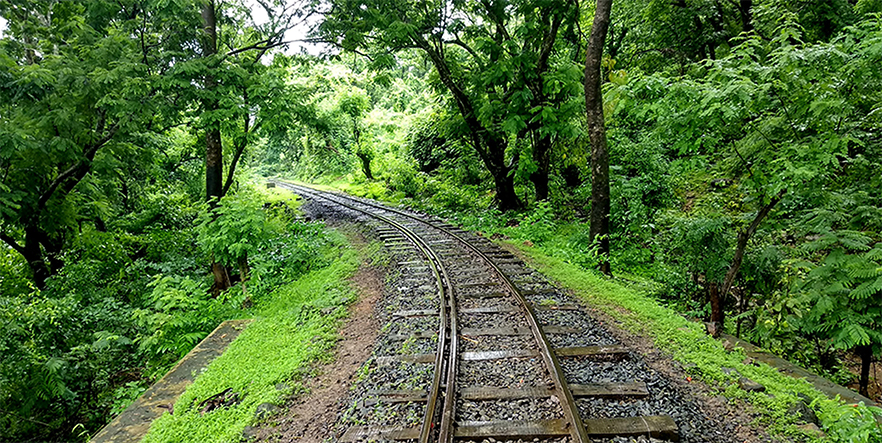
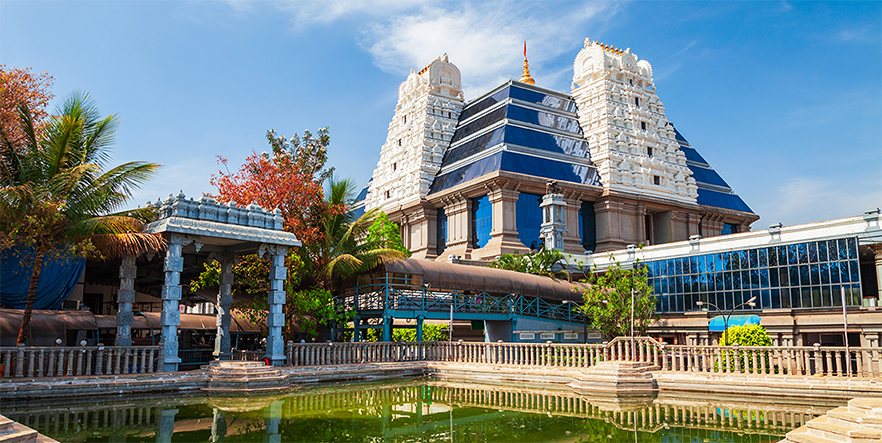
Iskcon Temple
Iskcon Temple in Juhu plays a key part in the Hare Krishna story, as founder AC Bhaktivedanta Swami Prabhupada spent extended periods here. The temple compound comes alive during prayer time as the faithful whip themselves into a devotional frenzy of joy, with kirtan dancing accompanied by crashing hand symbols and drumbeats.
High Court
A hive of daily activity, packed with judges, barristers and other cogs in the Indian justice system, the newly Unesco-recognised High Court is an elegant 1848 neo-Gothic building. The design was inspired by a German castle and was obviously intended to dispel any doubts about the authority of the justice dispensed inside.
The inland is more spectacular to espy!

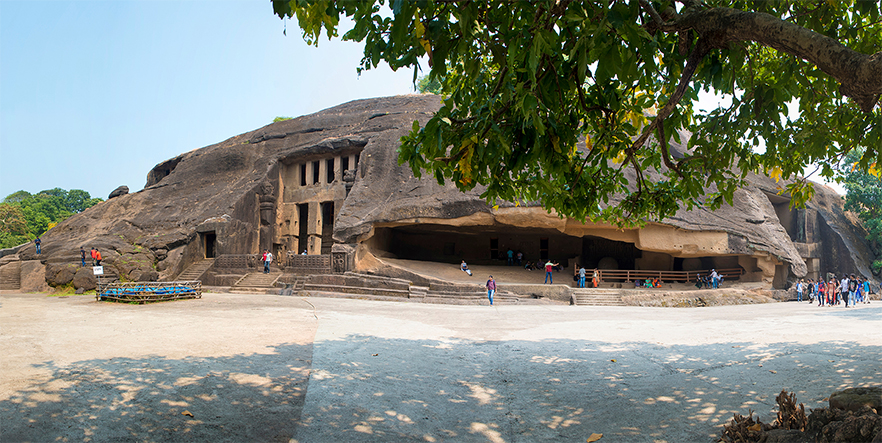
Kanheri Caves
The 109 Kanheri Caves lining the side of a rocky ravine 6km from the northern entrance of Sanjay Gandhi National Park are a big draw. The caves comprise vihara (monasteries), chaitya (halls) and dwellings, and were used by Buddhist monks between the 1st century BC and 10th century AD as part of a monastic university complex.
Bhimashankar Wildlife Sanctuary Maharashtra
Lush jungles giving shelter to Maharashtra's National Animal - Indian Giant Squirrel; it is considered as a must go to holiday destination. This 131 sq kilometer sanctuary, covering nine tribal villages to protect the habitat of Indian Giant Squirrel. It's a beautiful version of the jungle, the park elopes in the Western Ghat mountain range and features waterfalls and various water bodies, which evidently makes it a must-visit for the trekkers.
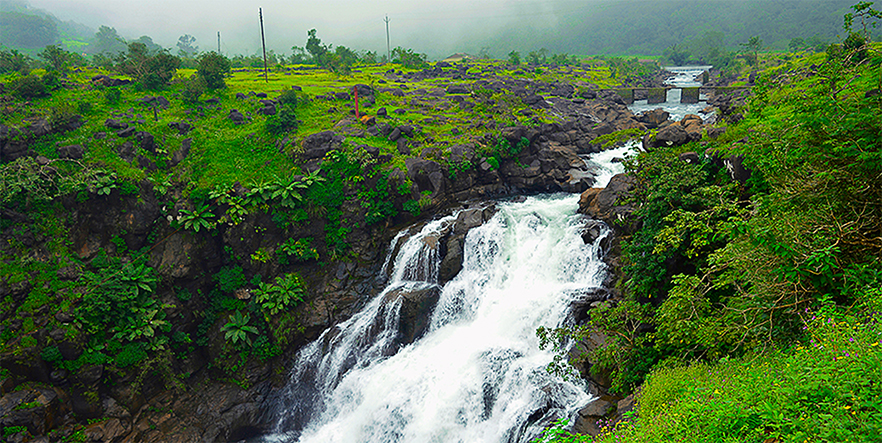
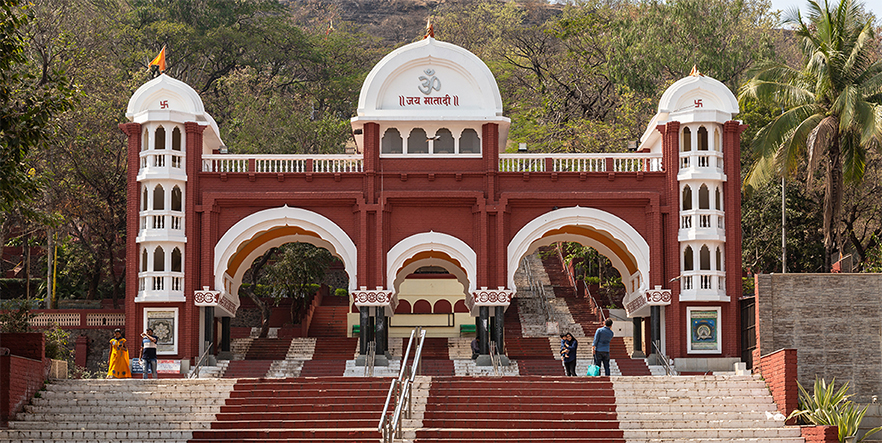
Ashtavinayaka
Ashtavinayaka or eight Ganeshas is located in the state of Maharashtra in India. It is regarded as the best divine destination in Maharashtra. All the Eight Ashtavinayak Temples are Swayambhu (self-originated) and Jagrut. There are various names of Lord Ganesh for various places. These places are in Pune, Ahamadnagar, and Raigad district.
Beaches of Konkan
Whether you are looking for short escapes or just wish to soak in the warmth of the sun, beaches in Konkan are the best options. Ranging from the pristine waters of the Kashid beach to the ever-fantastic Juhu beach, the 720 km long Konkan coast has various beauties in its abode. From the breathtakingly beautiful trails of sand to the mind-blowing backdrops, the Konkan beaches are a true delight for the eyes and soul.
